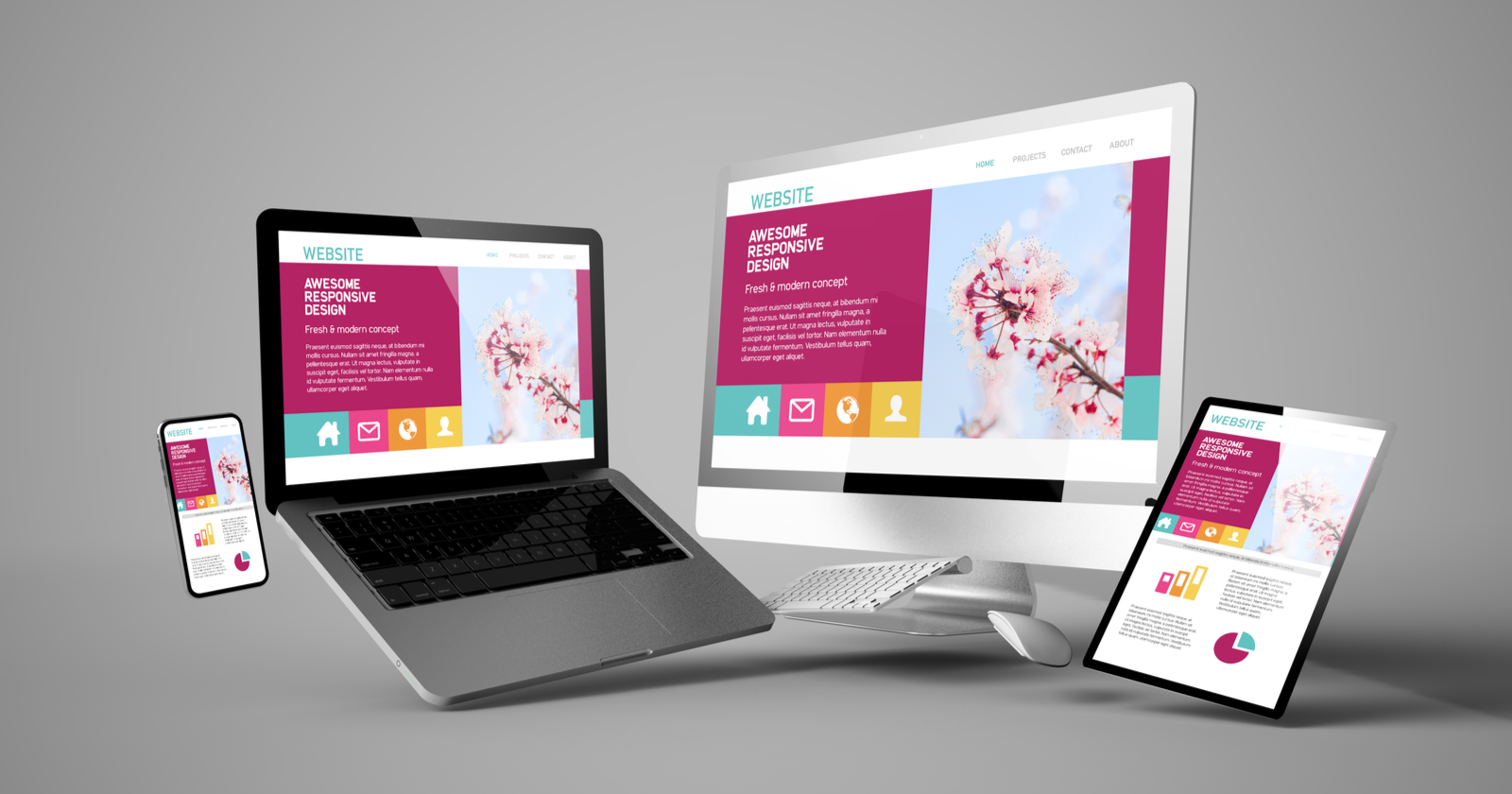Web design is a stage of web development that involves designing and visualizing the layout of a site or web application, i.e. its prototype, which will be transferred to the Internet in the future. In the process of its creation, the structure and navigation are planned, blocks and content are assembled, the appearance of individual elements and the web product as a whole is worked out in detail.
Directions of web design
Being one of the stages of site building, web design in turn also consists of two parts: UX and UI designs, which differ in functionality, but are equally important in preparing the layout. A specialist can work in both directions at once or choose only one. Below we will consider each of them in more detail.
UX design
At this step, research work is carried out, on the basis of which the logic of user interaction with the future website is developed and its architecture is designed. The design of “User Experience”, i.e. “user experience”, involves the creation of a concept layout, where all the conditions are met in order for a person to have a positive impression of contact with the resource.

To achieve this goal, the uix designer draws up a portrait of the target audience, determines its desires and “pains”, thinks over the work strategy and the mandatory functionality of the site, tests different versions of it and analyzes user behavior. He decides which blocks to add to the menu, how to organize the navigation, where to place attention grabbers – in general, he lays out a route that will most comfortably and quickly lead the visitor to solving his problem.
UI design
This is the stage of web design, where the prototypes are directly visualized, i.e., the exposure of concepts and research into what Internet users will see. The User Interface designer makes it attractive and understandable to the audience, he gives each component of the web resource visual characteristics that help determine its purpose and evoke an emotional response. He is responsible for
- color palette;
- fonts and other typographic elements;
- composition, including adaptive design for different devices;
- graphics (illustrations, photographs);
- animation;
- style and interactivity of buttons, etc.
The UI designer is guided by the aesthetics and ease of perception of all visible components of the site. This requires more creativity than UX, but all decisions must be justified and contribute to the achievement of the goals assigned to the product.
What a web designer should know and be able to do
We will consider the knowledge and skills of a specialist who performs both of the above functions, since the name “web designer” means precisely a complex profession. The entire “toolkit” can be divided into two groups: theoretical knowledge and practical skills.
Theory
A good designer understands how the psychology of perception works: how people look for and perceive information, what they pay more attention to, and where they don’t look at all. This helps with the distribution of functionally important components on the page, as well as with the development of internal structure.
Understanding the basics of Internet marketing plays an equally important role, because the website is so far the main object of promotion on the network, and the success of the entire marketing campaign depends on how well it is made. A web designer must communicate with SEOs, SMMs, and content marketers to ensure that the design fits in with the overall strategy.

Color theory is necessary to build successful combinations and associative series, apply contrast, create mood.
Coloristics is a whole science that studies, among other things, the influence of color on human feelings, the psychological patterns of its perception.
Text is one of the main types of content on the web, so it’s important to know at least the basic principles of typography. This is necessary for choosing appropriate fonts, indenting, etc.
Without composition, the designer will not be able to maintain visual order. All design components must be correctly and logically arranged.
Practice
This mainly includes skills in working in various programs. Design concepts can be developed in InVision Studio, and visual design is done in Figma and other graphic editors (After Effects, Blender, Sketch, etc.). Photoshop comes in handy to create unique graphic elements.
In addition, a web designer must be familiar with the basics of programming languages such as HTML and CSS, as well as be able to work with website builders like Tilda and content management systems like WordPress.
Web design is a promising branch of web development that will not lose relevance for at least another ten years. You can learn a specialty relatively quickly, the main thing is to practice. If you are interested in the field of website building, but you do not want to work with code, try your hand at web design and maybe you will like it.